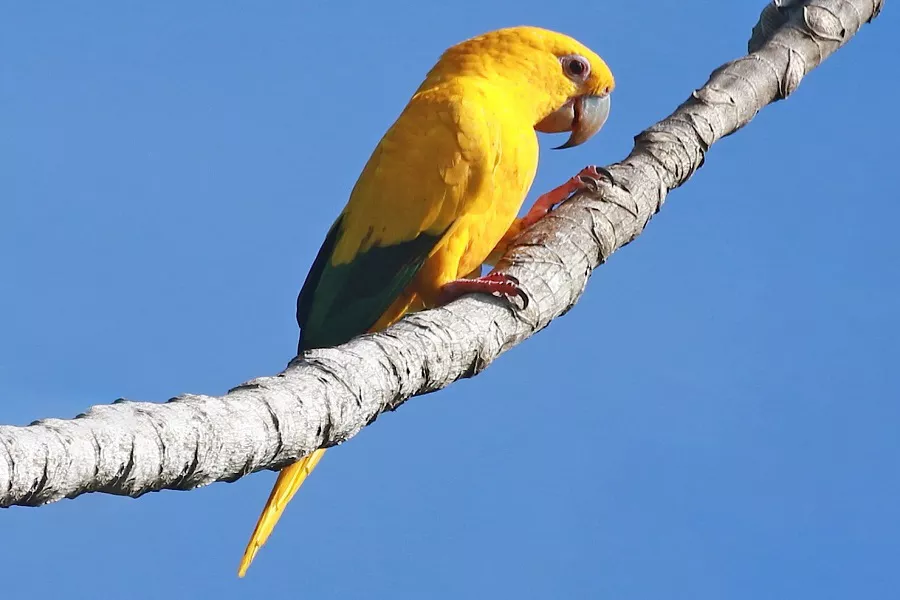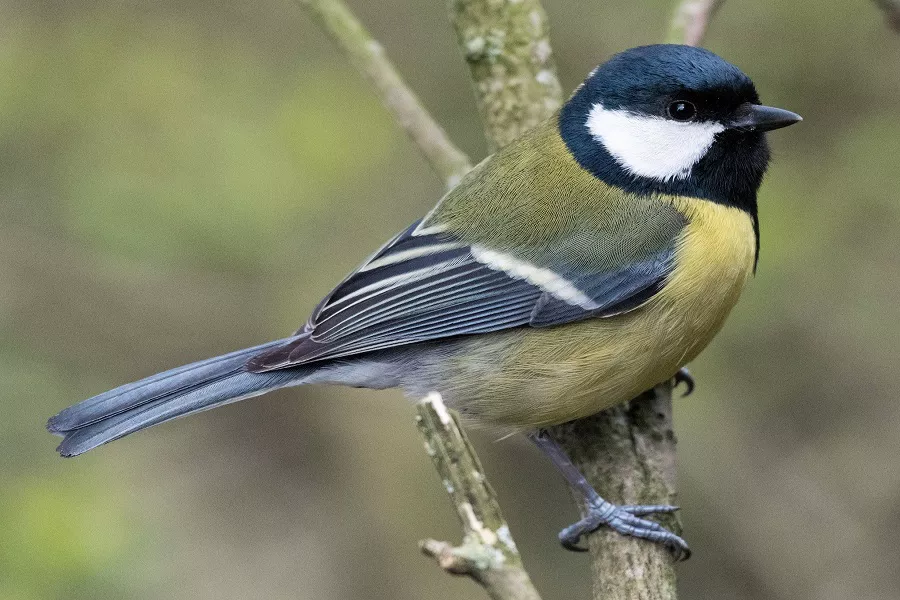What is golden parakeet?
The golden parakeet is a typical climbing bird with a strong and powerful bill, hooked and curved, a movable joint in the upper jaw, and a wax membrane at the base of the bill. Muscular tongue thick. The feet are short, strong, and flat-toed, with two toes forward and two backwards, suitable for grasping and climbing life. Parrot feathers are mostly golden yellow, with a little orange tinge on the top of the head, the sides of the cheeks, the lower abdomen, and the lower back. Mainly inhabits arid, semi-deciduous broad-leaved forests and wooded savannas. The food is seeds, berries, fruits, nuts, insects and their larvae, etc., usually in pairs, in small groups during the breeding season, distributed in Brazil and Guyana.
What does a golden parakeet look like?
The golden parakeet is 30 cm long and weighs 120-130 grams. The body of this parrot bird is mostly golden yellow, with orange tinge on the top of the head, the sides of the cheeks, the lower abdomen and the lower back; the main coverts on the inside of the tail are dark green with a golden tinge, and the main part of the wings is dark green. The flight feathers are dark green with blue tips; the secondary flight feathers on the outside of the wings are golden yellow with some dark green feathers; the eyes are surrounded by a ring of naked white skin; the bill is black and the iris is dark brown . The juveniles have the same body color as the adults, but the head is golden yellow with many green feathers, and the wings are mostly green.
golden parakeet living habits
The golden parakeet’s plumage is bright, but it is not obvious when moving among dry bushes, but its bright plumage is easy to detect when flying or resting on a bare branch. When flying, it will be accompanied by a harsh chirping, which is very noisy and can be heard from far away, so it is easy to find their tracks. It is quite quiet when foraging, and sometimes makes a hen-like clucking sound when eating.
golden parakeet rearing
1. Although parrots are good at learning human languages, not all parrots can speak.
2. Most parrots are mild-mannered and approachable; this is not absolute. Each little cute has a different personality, and the closeness to people will also vary depending on the “bird”. You must know that not all parrots will have relatives when they grow up.
3. A parrot’s barking is proportional to its body size. For example, a medium-sized parrot’s barking can reach the level of a dog‘s barking. Of course, this problem can be solved through later training;
4. Parrots are curious babies, they will bite anything they see, and their biting power should not be underestimated;
5. Under normal feeding conditions, parrots may defecate at any time and anywhere, no matter where they are; however, their feces have no odor.
6. The above is the habit of parrots that novice owners tend to ignore. It is recommended that novice owners consider the above issues carefully before deciding whether to keep them.


























